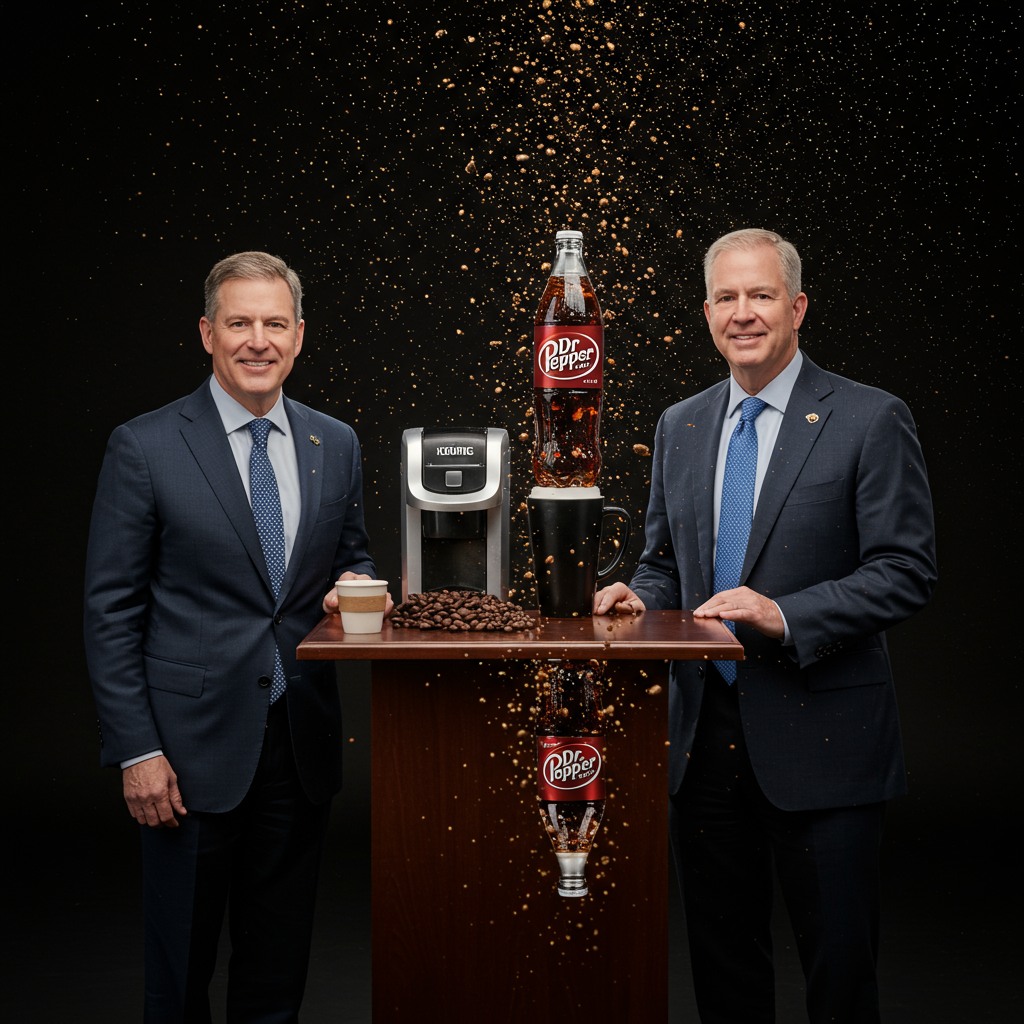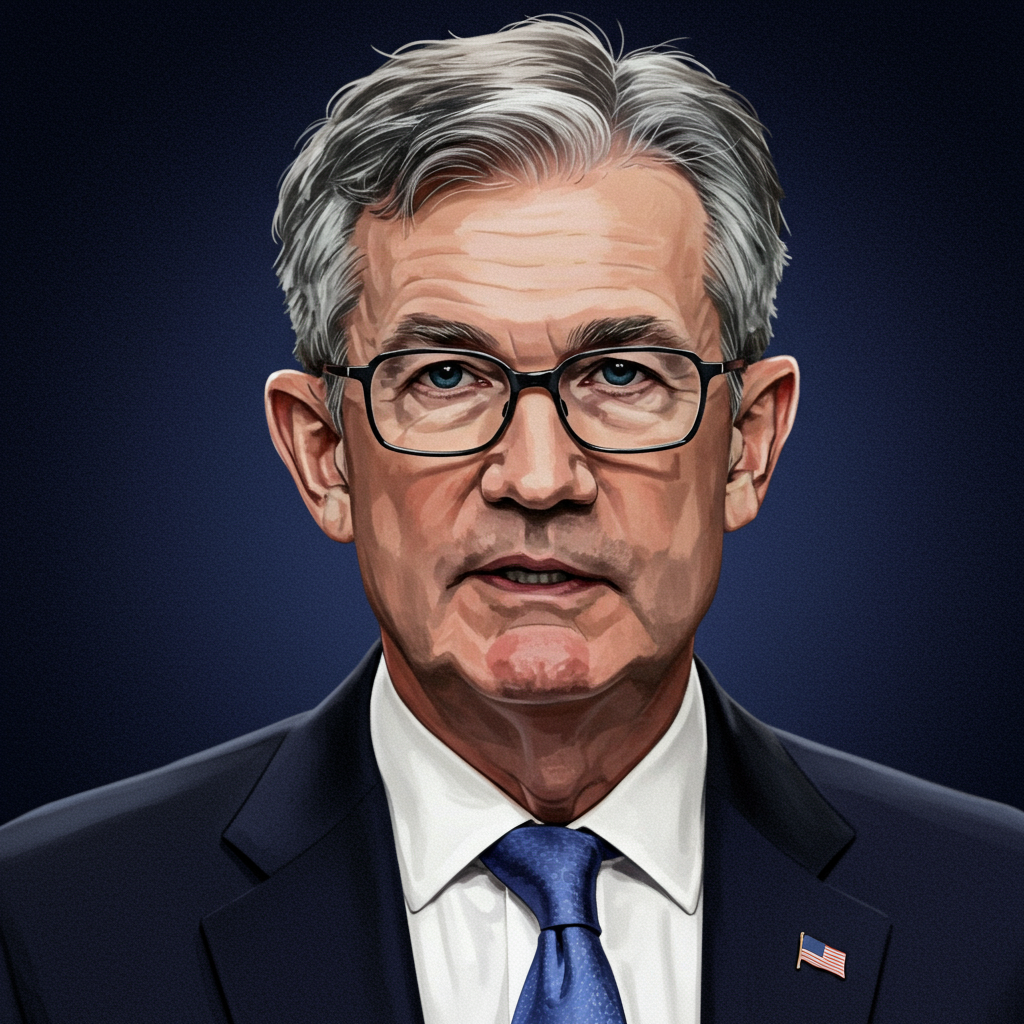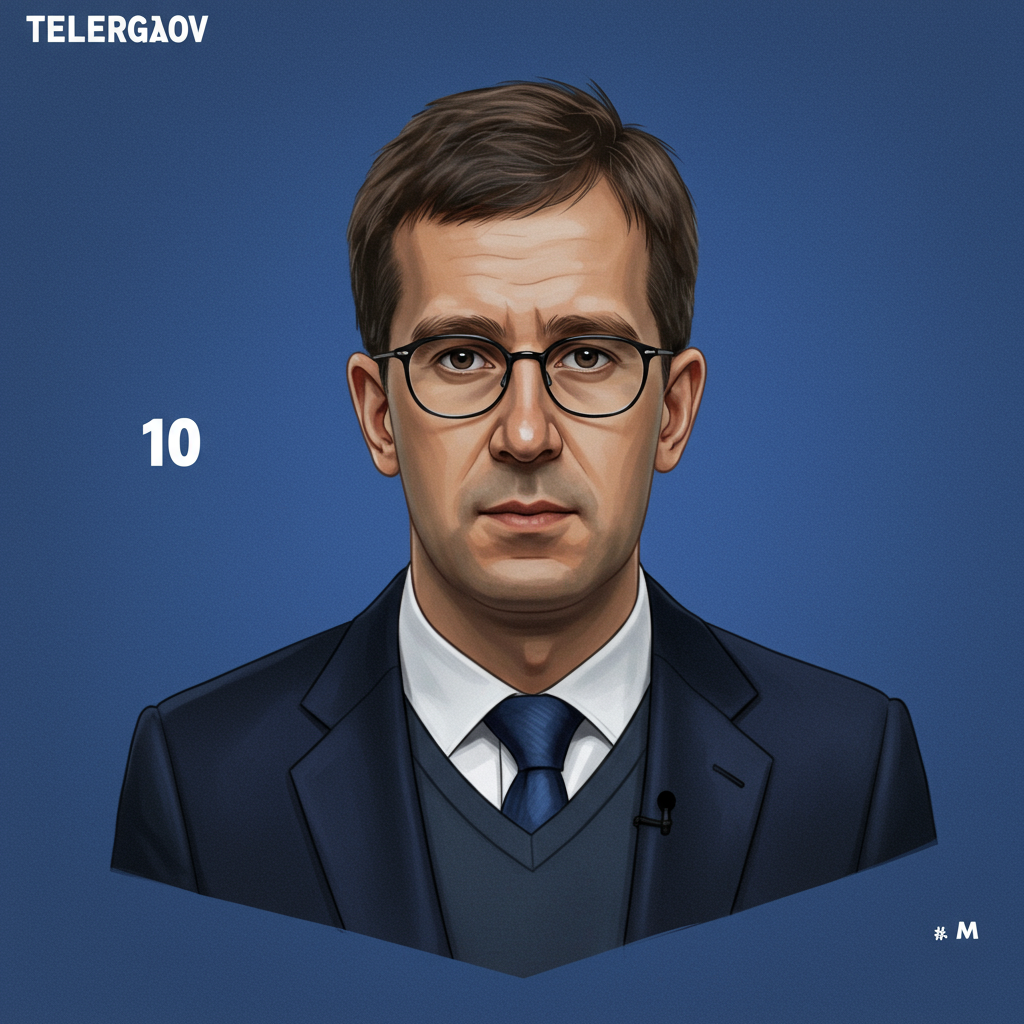After years of anticipation and ambitious projections from CEO Elon Musk, Tesla is finally taking a tangible step toward realizing its long-promised autonomous ride-hailing service. The company is rolling out its first robotaxis for testing on the streets of Austin, Texas, marking the initial public phase of a technology central to Tesla’s future vision.
This isn’t a wide-scale public launch just yet. Beginning Sunday, June 23, 2025, a small fleet of Tesla vehicles equipped with the company’s Full Self-Driving (FSD) software will commence operations in limited, designated areas of Austin. The initial phase is a pilot program designed to gather crucial feedback from a hand-picked group of riders, likely including Tesla employees and select influencers. Human oversight, either through safety drivers present in the vehicles or remote teleoperators monitoring operations, is expected to be part of this early testing for safety and intervention purposes.
A Dream Years in the Making
For years, Elon Musk has touted a future where Tesla vehicles could operate autonomously as revenue-generating robotaxis when not in use by their owners, fundamentally changing the economics of car ownership and transportation. However, the journey to this point has been marked by numerous delays and shifting timelines compared to Musk’s earlier predictions, including a notable forecast of having one million robotaxis operational by the end of 2020.
This history of ambitious targets and delayed execution explains why the current Austin rollout, though a significant milestone, is viewed as an overdue step and remains under intense scrutiny. Tesla’s statements about achieving full self-driving capability have at times been characterized even by the company’s own legal counsel as “aspirational,” contrasting with Musk’s public pronouncements.
Navigating a Crowded and Competitive Landscape
Tesla is not entering an empty market. Companies like Waymo (an Alphabet subsidiary) and Amazon (through its Zoox unit) are already significant players in the autonomous ride-hailing space, with different approaches and varying levels of deployment.
Waymo: Considered a leader in the field, Waymo already operates commercial robotaxi services in multiple U.S. cities, including Phoenix, San Francisco, and Los Angeles, and notably, is already operating in Austin where Tesla is just beginning tests. Waymo has reported completing millions of paid rides and typically employs a sensor suite including LiDAR, radar, and cameras.
Amazon/Zoox: Amazon acquired Zoox for $1.2 billion five years ago and is focusing heavily on the manufacturing side. Zoox recently opened a large facility near Silicon Valley aiming to produce up to 10,000 purpose-built robotaxis annually. Their vehicle design is unique – a boxy, bidirectional “gondola” lacking a steering wheel. Zoox plans commercial launches starting later this year in Las Vegas, followed by San Francisco.
While Waymo has taken a more cautious, iterative approach focused on mapping and redundant sensors, and Zoox is building a distinct, purpose-built fleet, Tesla is pursuing a strategy centered on its existing vehicle hardware and a camera-only (“vision-only”) FSD software approach powered by advanced neural networks and potentially leveraging the processing power of systems like the xAI-linked Colossus supercomputer.
Technology Under Scrutiny
Tesla’s vision-only strategy is both a potential differentiator and a source of significant challenges and regulatory attention. The National Highway Traffic Safety Administration (NHTSA) continues to investigate Tesla’s FSD system, particularly its performance in complex environments, challenging weather, and unpredictable real-world scenarios involving pedestrians, cyclists, and emergency vehicles.
Critics point out that relying solely on cameras, while mirroring human sight, potentially lacks the redundancy and consistent ranging capabilities offered by technologies like LiDAR, which can be less susceptible to lighting or weather conditions. The safety and reliability of the FSD system in diverse, unconstrained urban environments remain key hurdles Tesla must definitively clear, especially as it moves from a beta testing phase to a commercial service.
From Modest Pilot to Ambitious Scale?
Despite the modest scale of the Austin pilot – starting with perhaps 10-20 vehicles in a limited zone – Tesla has aggressive scaling plans. Elon Musk has spoken of expanding the fleet to 1,000 vehicles in Austin within a few months and eventually deploying hundreds of thousands across the country.
However, realizing these ambitious targets hinges on proving the safety and reliability of the technology in real-world conditions, navigating regulatory approvals, and ramping up manufacturing and service infrastructure for a large autonomous fleet. This initial Austin pilot represents the critical first step in that journey, putting Tesla’s long-awaited robotaxi capabilities to the test in a real urban environment alongside established competitors. The success or failure of this phase will significantly shape Tesla’s trajectory in the competitive and rapidly evolving future of autonomous transportation.




